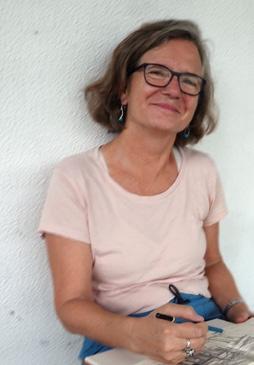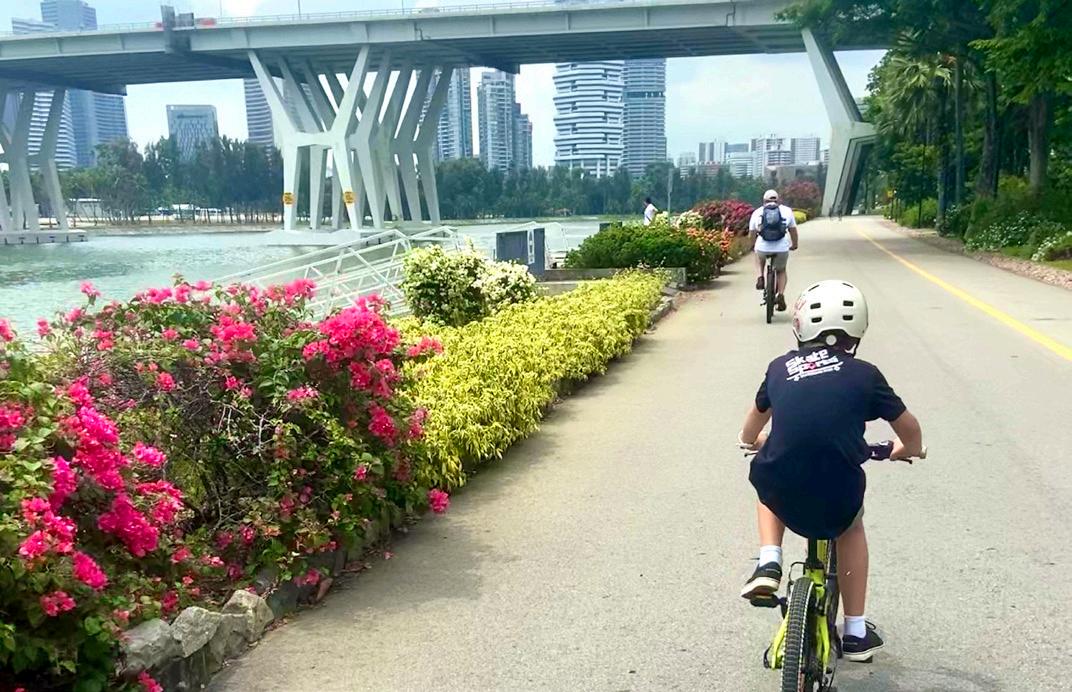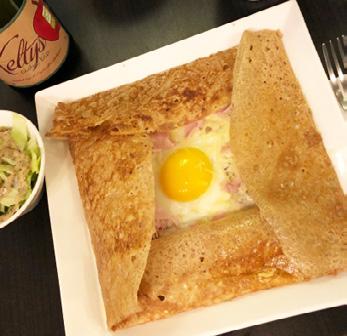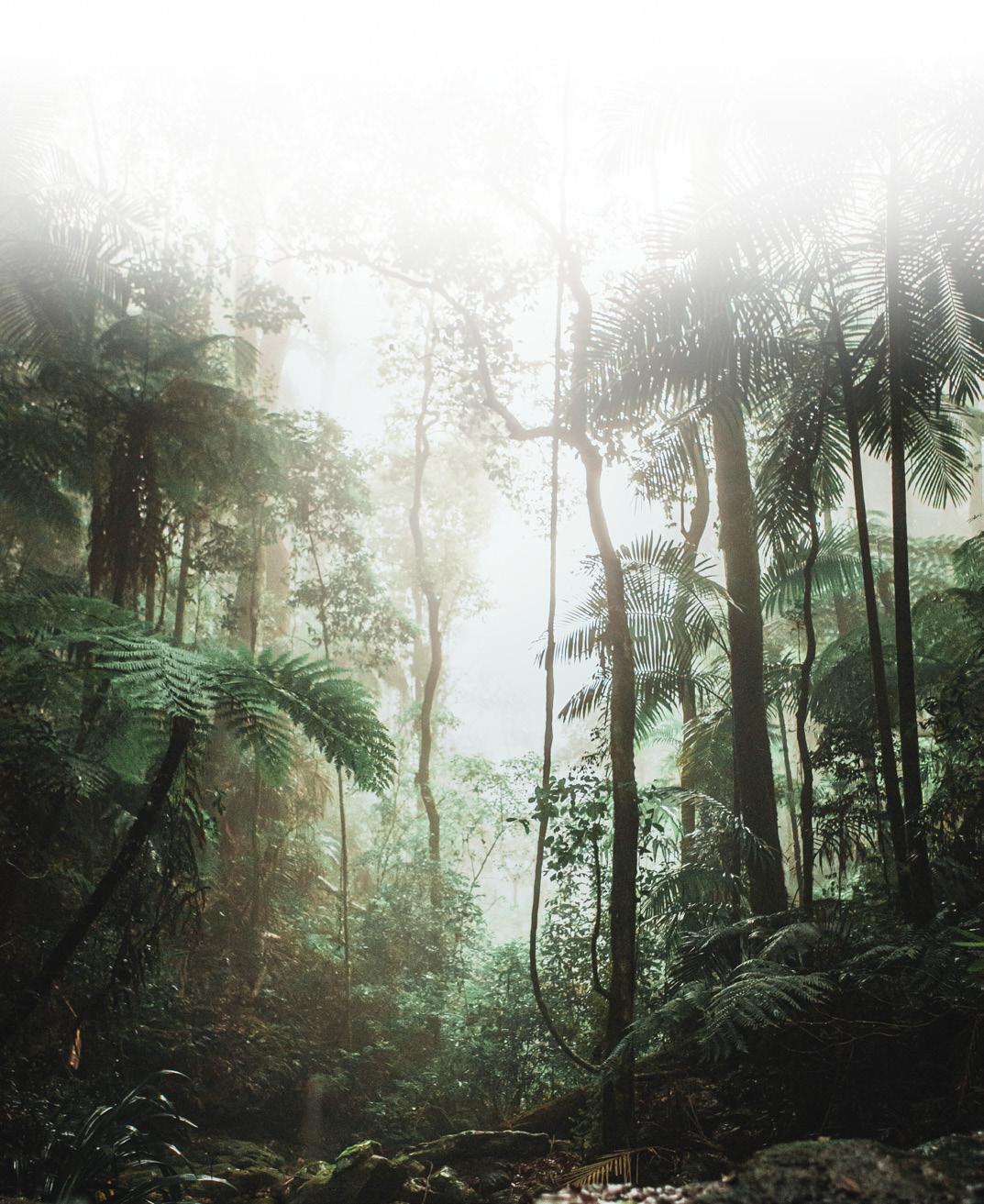
5 minute read
Travel to US and Back
Let's Go?
a firsthand experience of a trip between singapore and the Us during the pandemic
Advertisement
Travel in the Time of COVID and Quarantine
Written by Meg Sine
As I write this column in early December 2020, welcome news of COVID vaccine deployment is generating an optimistic buzz in both the United States and Singapore. By the New Year, Americans on both sides of the globe hopefully will be celebrating the light at the end of this gloomy, global pandemic tunnel.
Despite the success of Singapore’s Circuit Breaker and the imminent availability of a vaccine, restrictions on travel to and from the United States may continue to leave AWA members’ 2021 travel plans in limbo.
Meg with her daughter Kimberly who got married in October
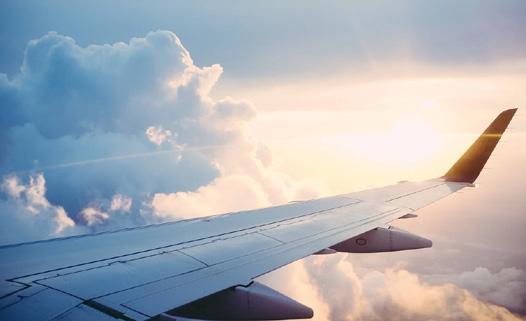
In early 2020 after the global pandemic was declared, new phrases, such as “return approval” and “mandatory quarantine,” suddenly created a cloud of confusion and uncertainty. What about trips home for graduations, weddings, other milestone events or routine home leave?
For my husband and me, our daughter’s planned October 2020 wedding in Washington, DC loomed large. We knew an October trip to the United States was risky, but we also felt confident we could make it happen for a young couple determined to tie the knot. Here is my story of negotiating the requirements, the travel and the quarantine.
Travel Requirements
Last July, Singapore’s Ministry of Manpower (MOM) began guaranteeing return approval on trips lasting 30 days or less. While most employers continued an official policy of encouraging employees to defer travel abroad, the 30-day return pre-approval process eliminated a significant risk. I found helpful information on Facebook pages such as Traveling In and Out of Singapore, Getting Back home to SG and Singapore Hotel Quarantine Information and Experience.
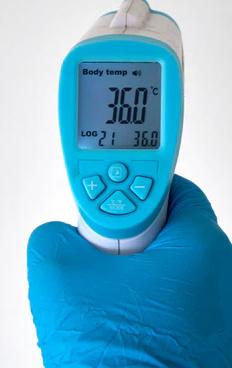
By September, MOM’s 30-day return pre-approval (filed by one’s employer) was a routine process that could be completed in two days or less. My husband left Singapore with a 30-day return pre-approval. I planned to stay away longer than 30 days, so I waited until I was in the United States and within 30 days of my return date to obtain my return approval.
Unexpectedly, right before my planned return to Singapore in November, Singapore added another requirement for those seeking to return from the United States –a negative PCR test (nasal swab) taken within 72 hours of departure, in addition to an online Health Declaration.
Return approval also required travelers from the United States to accept financial responsibility for both COVID testing and the mandatory quarantine at a dedicated Stay Home Facility. These costs were a pricey $2,200 SGD per person.

Riding the Metal Tube in the Sky
My husband and I flew business class on Qatar Airlines for the advantage of better social distancing as much as comfort. Factors we took into consideration when selecting an airline were safety protocols, transit airport testing requirements and chance of flight cancellation.
At the boarding gate, Qatar Airlines took our temperature and distributed a kit to each passenger that included surgical facemasks, latex gloves, hand sanitizer and a plastic face shield. Business class was only about 30% occupied (in each direction), and everyone wore a mask and shield at all times, except when eating or drinking. Despite 20 hours flying in an enclosed metal tube, I also felt reassured by the fact that airline cabins are designed to circulate, capture, and filter the air every few minutes.
Re-entry and the Big Reveal
Returning to Changi in early December, the biggest change was the Arrival Hall. Instead of delightfully efficient electronic passport gates, we were met by a flock of uniformed immigration agents. After a review of my Approval to Return paperwork and my PCR test results, I earned a color-coded sticker applied to my right shoulder.
After Baggage Claim, the ten or so members of my yellow sticker troop were ushered from the terminal to a bus. It felt like an organized tour, except we didn’t know or choose the hotel accommodation to which we were heading. Luckily for us, our friendly bus driver spilled the beans. I was pleased to learn that the Mandarin Orchard Hotel was my draw in the hospitality lottery.
Quaran-tips to Stay Sane
You are not alone in quarantine! Representatives from MOM called to check up on me daily. I also was required to download a locator app, ironically called HOMER, through which I had to submit health checks three times per day. Zoom meetings and video calls kept me connected with friends and family. While the hotel delivered three meals a day on cafeteria-style trays, supplemental food, drink and snacks were essential, like college days in the dorm. The predominantly Asian menu was my biggest discomfort. My husband delivered a large care package of my favorite comfort foods (fruit and chocolate) and snacks. I also used a delivery app to order food from local restaurants.
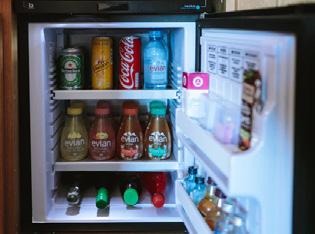
It takes patience, a few engrossing projects and a sense of humor to avoid going stir crazy while interned in a hotel room for 14 days. I engrossed myself in my quilting hobby, Netflix shows and whatever exercises I could do with a yoga mat and stretch band. I’d also recommend some basic supplies, including a digital thermometer, dish soap and sponge, laundry soap, water bottle, metal eating utensils, zip lock bags, yoga mat, family photo frame, journal and some warm pajamas and slippers for the 24/7 air conditioning. My other hotel room hacks included making a playlist of favorite exercise videos and some toe-tapping music.
A balcony would have been a top prize, but I still feel I won the hospitality lottery for some little things in my room, including a small fridge, an electric kettle and reliable Wi-Fi. To create a homey feeling, I arranged the room into areas, which I called the kitchen, gym, office and sewing room (in addition to the bed and bath). I even arranged the furniture to create a serpentine walking path.
We’ll hope for much easier travel opportunities in 2021. Hopefully, by mid-year, there will be open and unrestricted international borders, safe air travel, unlimited social gatherings and an end to the fear of catching COVID.



